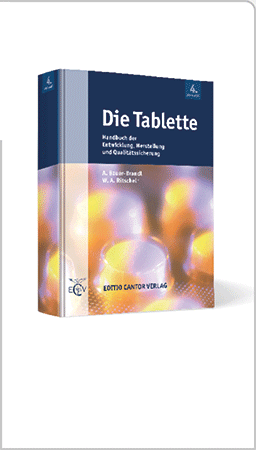Nicht-spezifikationskonforme Ergebnisse (Out of Specification Test Results) aus statistischer Sicht1. Mitteilung: Bedeutung, Definitionen und einführende Beispiele Heidi Köppela, Berthold Schneiderb und Hermann Wätziga Institut für Pharmazeutische Chemie der TU Braunschweiga und Institut für Biometrie der MH Hannoverb Out of Specification Test Results from the Statistical Point of View / 1st Communication: Importance, definitions and introductory examples There are accepted and established rules to deal with out of specification test results (OOS), but there is persisting precariousness with regard to their statistical assessment. In the present paper it is shown that two statistical equations on prediction and confidence interval are sufficient to examine whether data sets indicate out of specification results or not. This is demonstrated by means of ten examples. These equations are usually sufficient to specify limit values as well. A number of consequences have been derived from a discussion of borderline cases: a) If only one measured value is OOS, the same is true for the whole result (there are three exceptions: high data numbers, outliers, and major importance of the mean value). b) The result is not automatically within specification, if this holds true for all (single) measurements. If all measurements are close to the specification limit and the measurement error is high, an OOS result is still possible. c) If it is clear, that the obtained data will be close to the limit, a precisely working method and a relatively high data number is required. In order to obtain future measurements that remain within specification, the difference between the limit and the mean value must not become smaller than 1.65 times the standard deviation, even if very high numbers of measurements are provided. Procedures to deal with extreme values, so-called outliers, are not straightforward. The statistical evaluation is trouble-some, because the probability distribution cannot be determined. This problem is discussed by another four examples. In several cases the outlier can be detected without doubt, for example using Dixon’s test or the Box-plot. However, there are a number of borderline cases, when a value is suspected to be an outlier, but this cannot be proven by statistics. Key words ProzeÃkontrolle · ProzeÃspezifikationen, AusreiÃer, nicht-konforme Testergebnisse, Statistik |
|
|
pharmind 2003, Nr. 4, Seite 361




